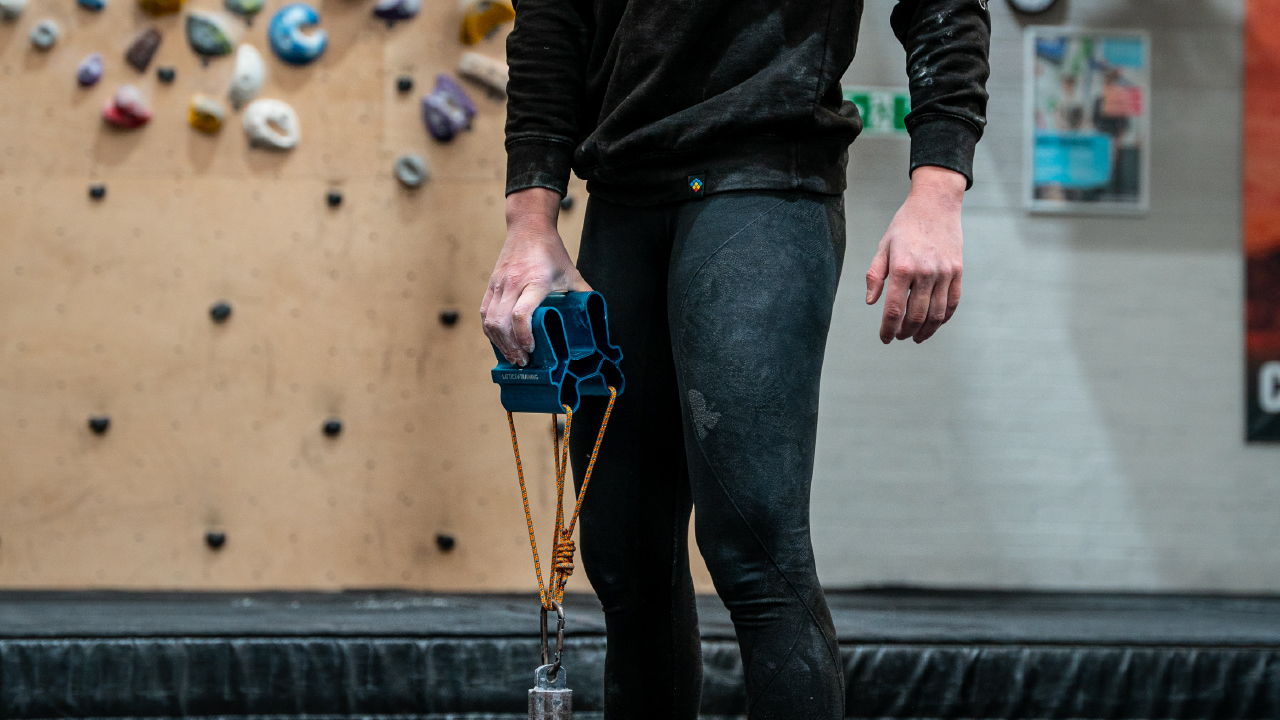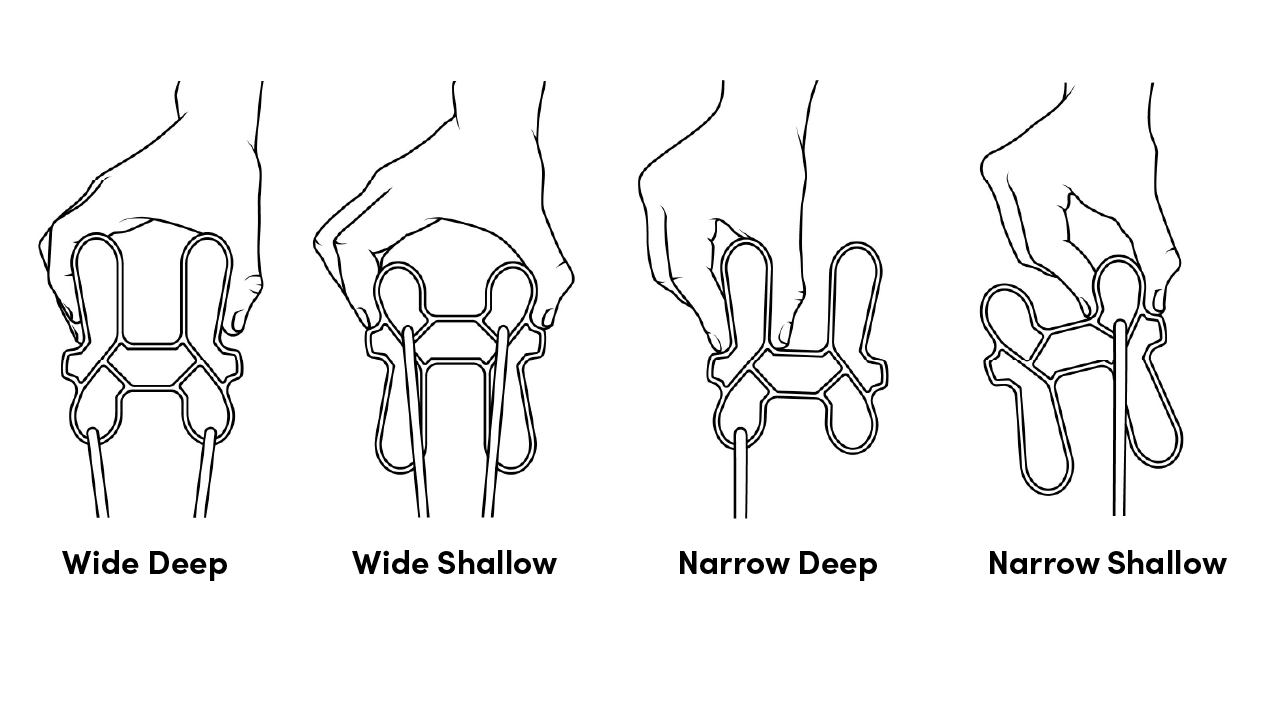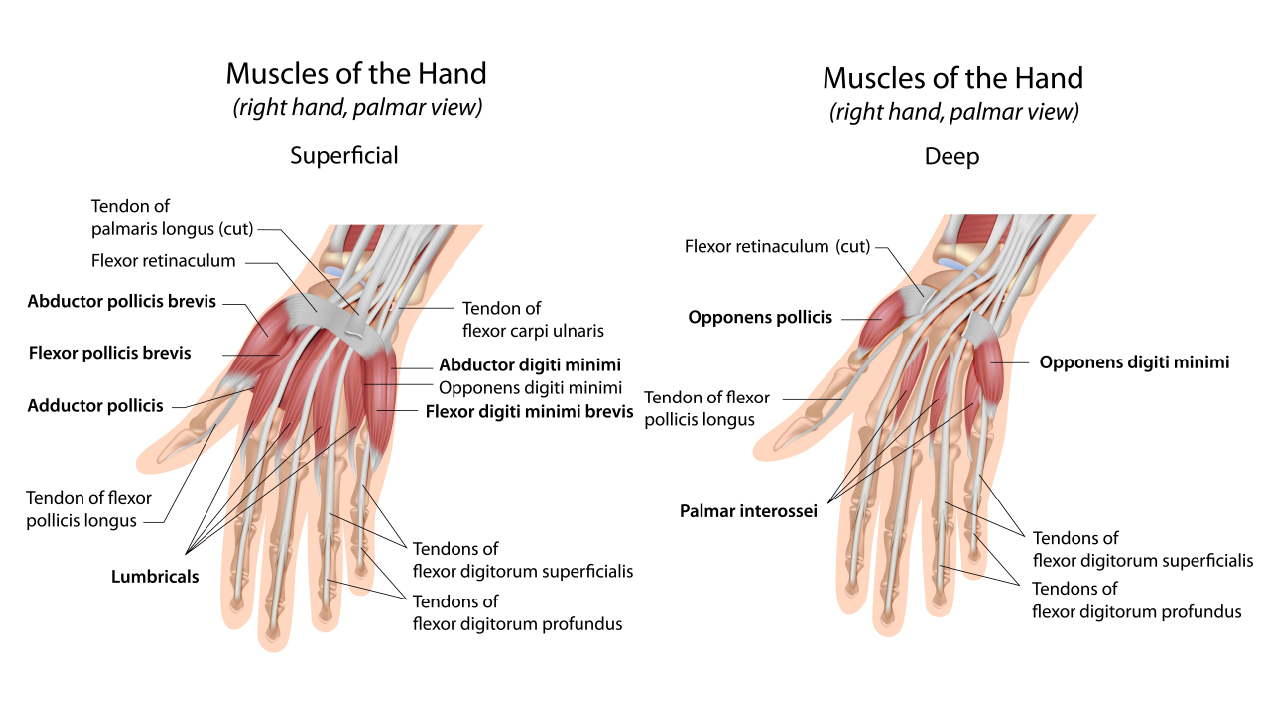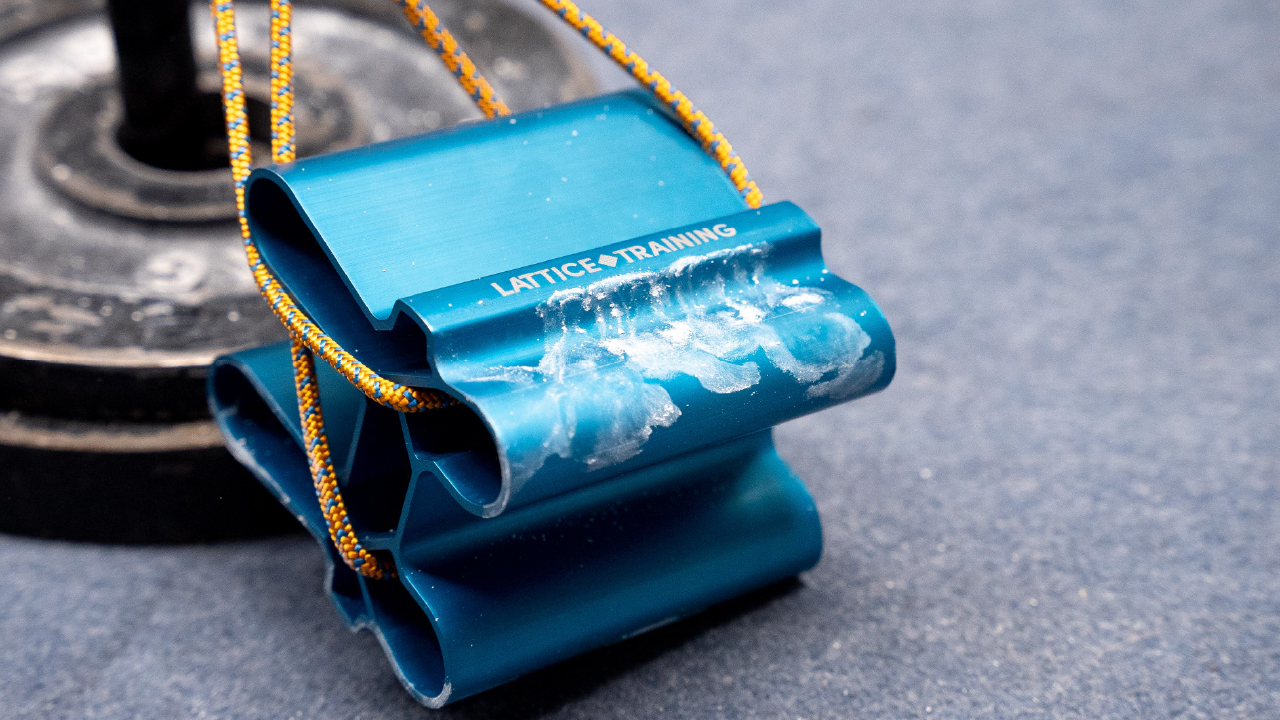The Quad Block – Revolutionise Your Grip Strength Training
The Quad Block is Lattice Training’s latest grip strength training tool. We’ve taken our best selling original Crimp and Pinch Block and made it better! Here we’ll talk you through the changes we’ve made and the science behind why we’ve made them.

What’s new with The Quad Block?
Material
The first most obvious change with the Quad Block is it isn’t made of wood! Whilst tulipwood has long been a favourite in finger strength training tools, we’re excited to introduce the first aluminium pinch block for climbing. What are the benefits of using Aluminium over tulipwood?
- Aluminium gives a consistent surface finish
- It can be wiped clean before use
- Chalk doesn’t ingress
- It’s cool to the touch (nice for sore tips)
- Training without chalk doesn’t ruin the surface
The above points make for an even more consistent and reliable grip strength testing and training tool. Aluminium has the added bonus of being even kinder to your skin than tulipwood, so you can still train even when your skin says no.
New holds
We’ve redesigned the grips on the new Quad Block to result in more reliable testing. We’ve made the grips more positive, to reduce the reliability on friction, allowing you to focus on strength. We have also standardised the depth of the grips to make consistency intuitive.

The Science Behind The Quad Block
Pinching is all about the thumb – this is particularly true for climbers who have very developed finger flexors as they often overlook the thumb flexors. There are 8 Muscles that move the thumb (scroll down for a diagram), and we engage them differently for various grip types. This is the logic behind the 4 pinch grips found on the Quad block:

Wide Shallow Grip
This grip works the flexor pollicis longus This is found in the forearm and flexes the distal phalanx. This is a key muscle in closed grips and the largest of the thumb flexors. Training this will typically result in quick gains for those new to pinch training.
Narrow Shallow Grip
This grip works the opponens pollicis. This is a short intrinsic muscle found in the radial aspect of the hand. It works to oppose the thumb towards the fingers. Training this will typically improve grip strength for bar like tufas. The lumbricals and interossei are also worked in this grip type, which is applicable to holding aretes with all the fingers.
Narrow Deep Grip
This grip targets the adductor pollicis which pulls the thumb at the carpometacarpal joint in towards the index fingers metacarpal joint. Narrow pinches target this and are important for the crushing grip used on arêtes. The lumbricals and interossei are also worked in this grip type, which is applicable to holding aretes with all the fingers.
Wide Deep Grip
This final grip targets the abductor pollicis brevis. This abducts the thumb at its carpometacarpal joint away from the palm. Training this grip position will typically improve performance on the largest pinches and slopers. This also targets the wrist extensors and flexors.
All Grip Types
There are some muscles that all 4 grip types target, all important to pinch and grip strength training!
- The flexor pollicis brevis – this flexes the proximal phalanx at the metacarpophalangeal joint of the thumb. It assists in the flexion of the first metacarpal joint. A key component in any pinch.
- The flexor digitorum – this flexes the index, middle, ring and little fingers using tendons that run through the carpal tunnel.

The Edge
Additionally, we’ve also included a 30mm edge. This edge has been designed with the same principles that produced our community favourite 20mm testing edge boasting the same cheat proof features and maximising comfort to prioritise training longevity and testing reliability. We’ve chosen a 30mm edge for the pinch block as this is our preferred size for safe and progressive loading. Great for those new or returning to training, or climbers looking to rehab finger injuries (with the supervision of a physiotherapist).

How To Use The Quad Block To Improve Grip Strength
- Start with the weights fully on the floor and positioned between your feet as illustrated. Make sure your feet and limbs are clear of the weights, at maximal loads it’s easy to drop them onto your toes.
- Straighten your arms and assume the lifting stance by bending at the hips, knees, and ankles
- Optimise your grip position and level the block directly above the weights.
- You’re now ready to lift, extend your legs and hinge at your hips to an upright position. Don’t brace against your legs, this will skew your results. Lifting from the arm is likely to limit your performance.
Be strict on grip positions used. Make sure to take an accurate note of where your fingers are placed on the holds in each grip position to make the test/retest results and training loads reliable.
There are some key points to bare in mind when using the Quad Block to make sure your testing is standardised:
- Wipe clean before each test.
- Test only one pinch grip and edge grip in a session.
- Pay attention to your form and make a note for consistency.
When you’ve tested don’t forget to enter your results at MyPinch. Once we have collected enough data on each grip type we will send you an assessment write up, letting you know how your results compare to other climbers at your grade.
So what are you waiting for? Revolutionise your grip strength training and get yourself a Quad Block!






Hi
When it comes to “general” finger strength training at home (for a sport climber that just wants to support its climbing with some basic training): Would you recommend the Quad Block (which seems to be more versatile) or the MXEdge Lift?
(I do have quite big hands as a guy which measures nearly 2 meters)
Hi Sebastian! The MXEdge Lift is going to be the more appropriate tool for improving finger strength. However, if you’re specifically looking to train your pinch (perhaps for a specific pinch-y route), then the Quad Block may be better for you, especially as it also has a 30mm lifting edge that can be used for pick ups. Hope this helps!
Hello guys, I want to know how much is the maximum weight that the Quad Pinch Block can support, and do they ship to Canada. thank you.
Hi Hermes. The maximum load for the Quad Block is 130kg. We do not ship to Canada, however, you should be able to purchase from our Canadian retailer, Climb On! https://tinyurl.com/yr7myp7j
Hi Team Lattice,
May I know how to make the knot of quad block? Mine is untied accidentally and cannot make it back! Please help.
Oh, don’t worry… this has a solution we’ve made for you in this case! The link below will take you to a set of instructions for re-tying. Enjoy your training!
https://latticetraining.com/2023/01/18/how-to-re-tie-your-quad-block/
Hey guys, do you know when the quad block is coming back in stock, preferably the blue one.
Hi Joeri,
Great question, we expect to have the Blue Quad Blocks back in stock early February (2023), hopefully the second week.
For updates on products and services coming back in stock, please subscribe to our weekly newsletter (https://latticetraining.com/newsletter/), as we will always let you know here when things are back in stock, and also keep you up to date with all of our free resources and what’s going on at Lattice.
Hope that helps!
Cheers,
Lattice Team.